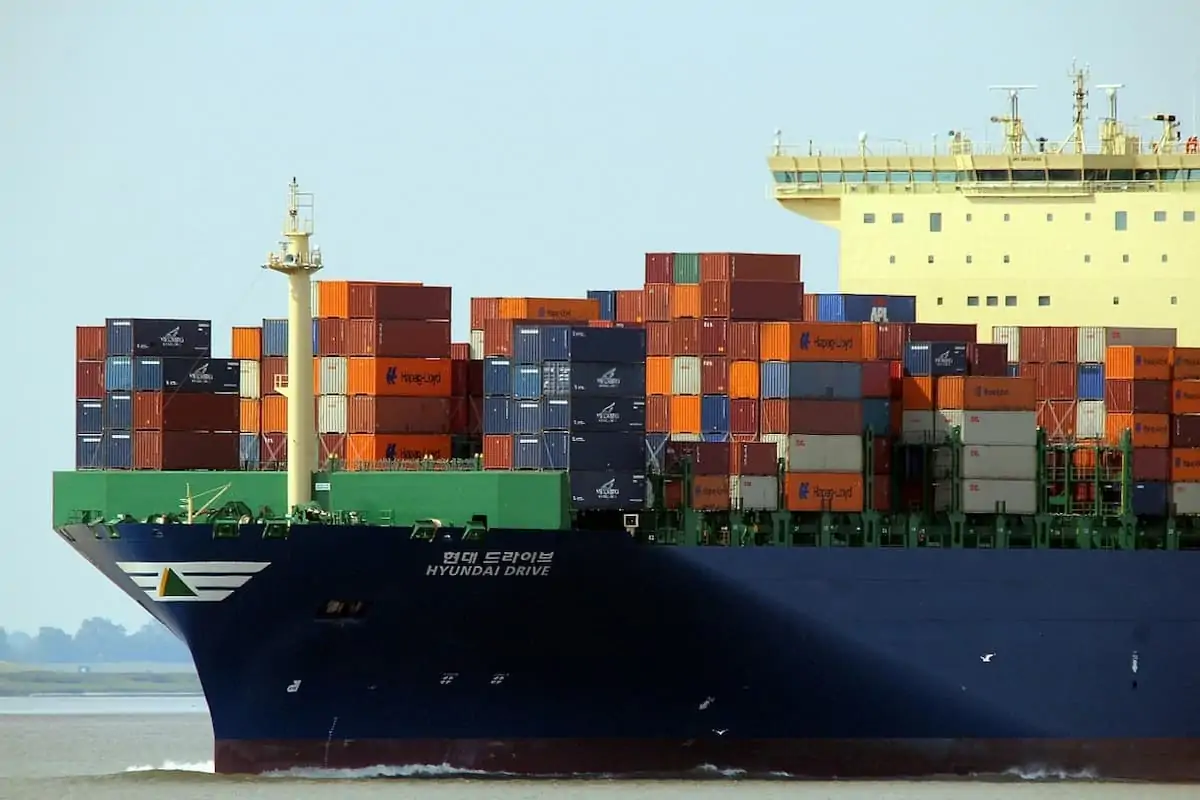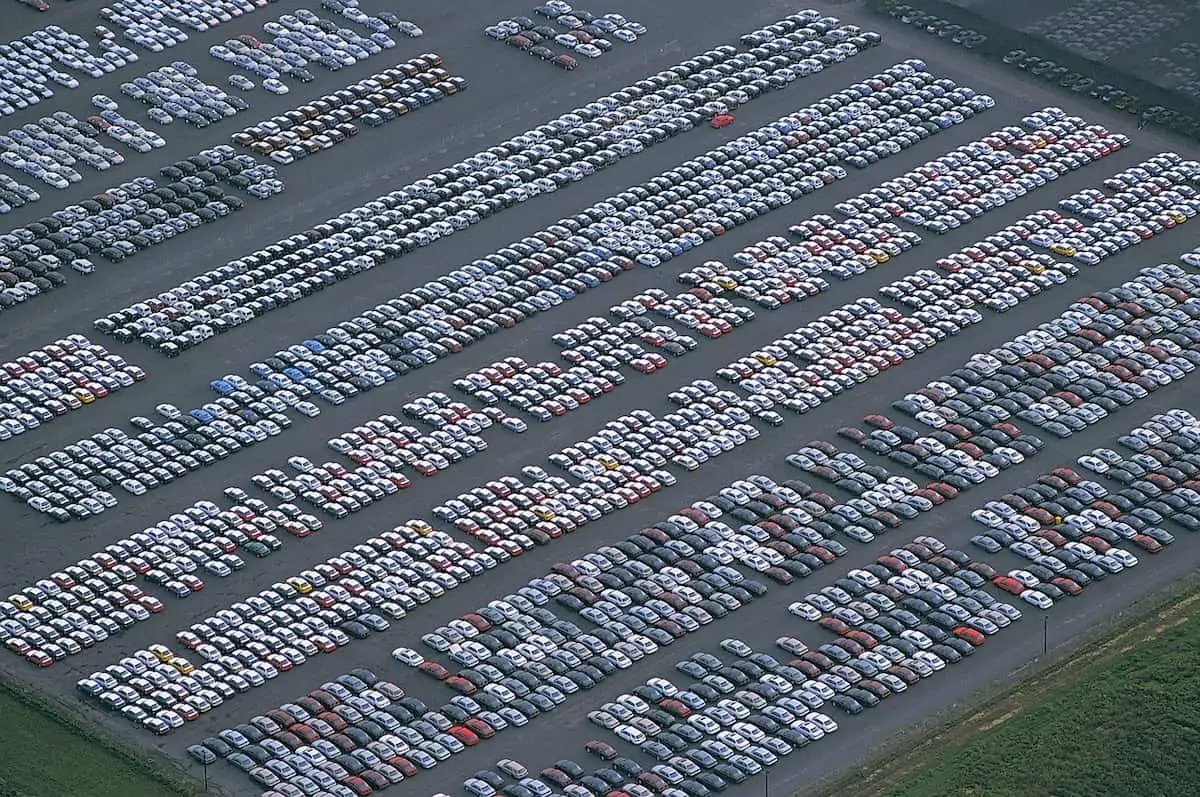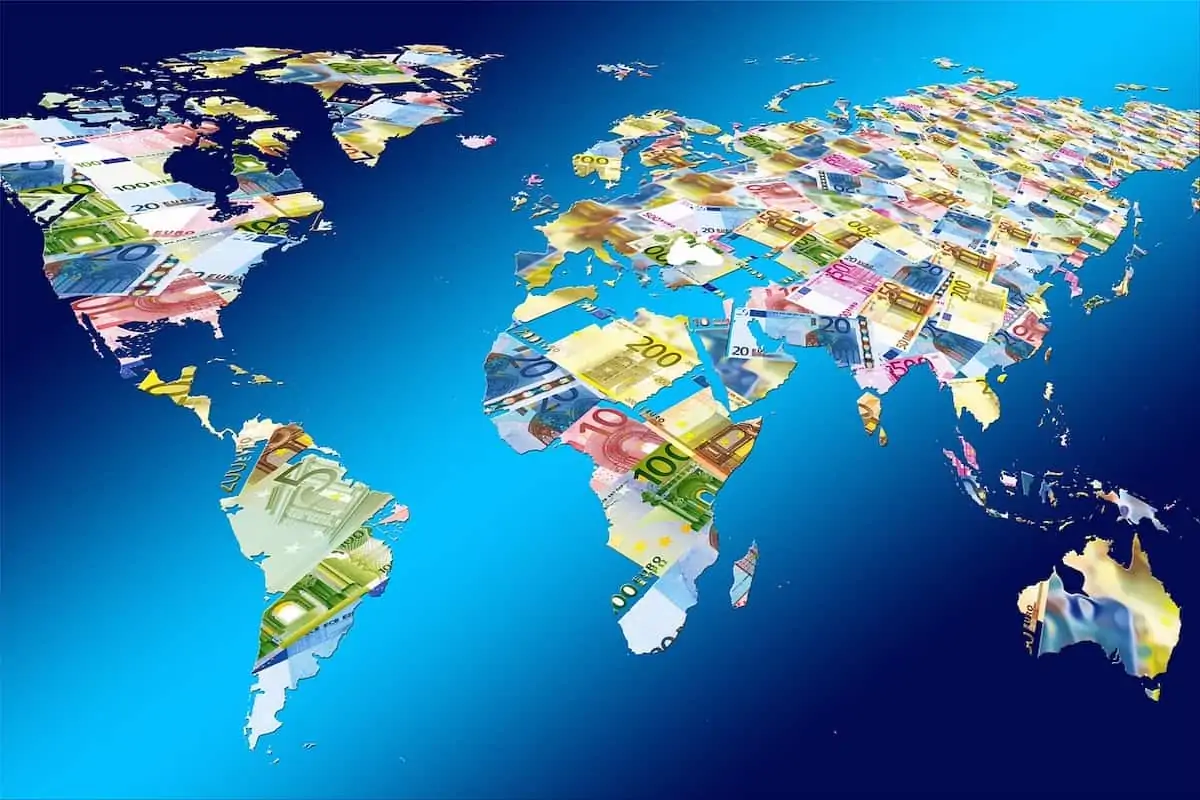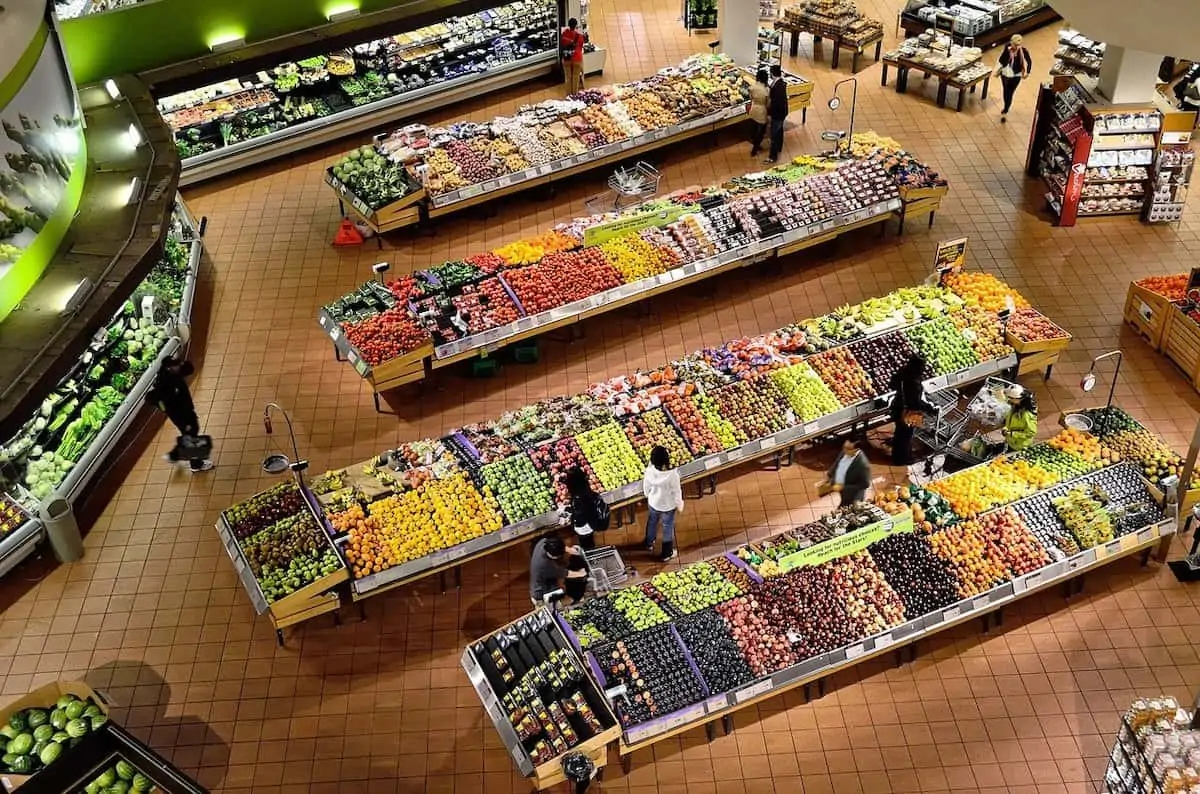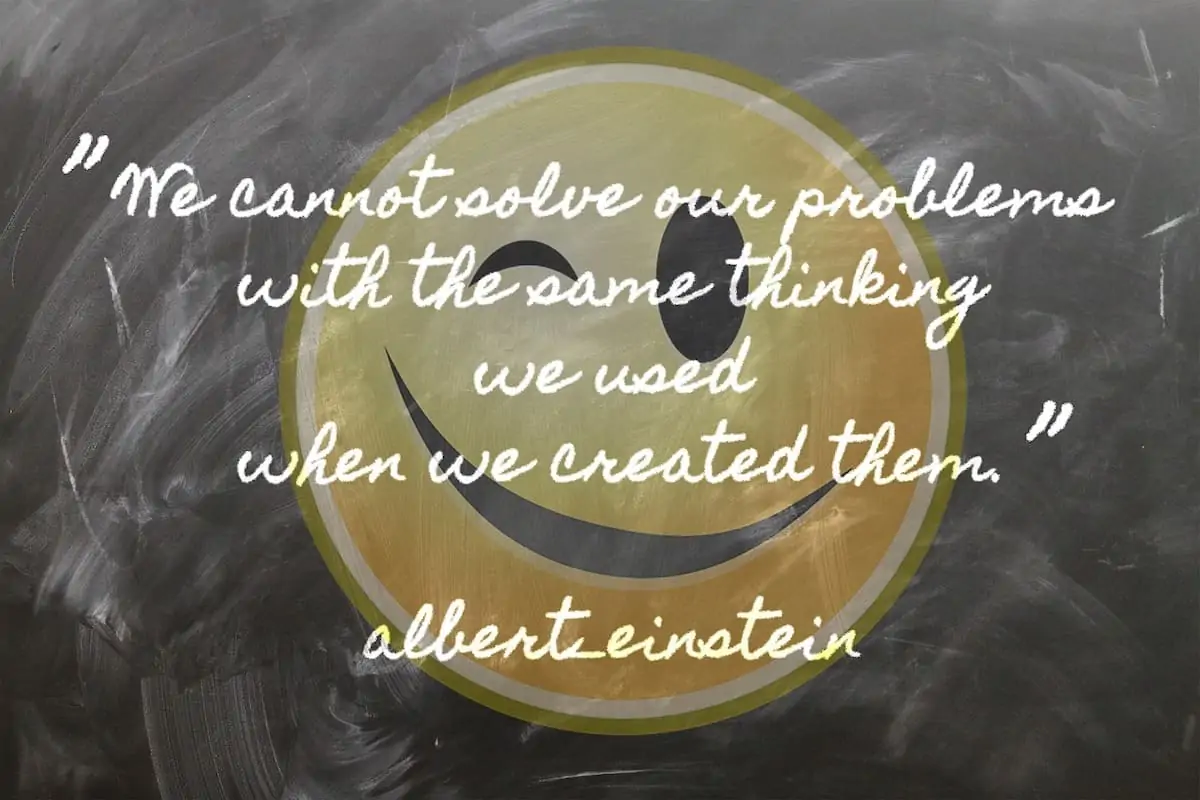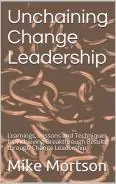The overarching strategy for limiting exposure to, and spreading of, the Coronavirus is that of Social Distancing. We are all instructed to keep 6 feet apart from anyone, wear masks, and avoid any social gatherings and don’t touch. How does this relate to a Don’t Touch Supply Chain strategy?
Even with social distancing, the global lockdowns, temporary closures of many businesses and disruptions of economies everywhere there are still Supply Chains in action, as disrupted as they may be.
Truckers are still moving goods to points of consumption and essential services such as grocery stores are still in operation, providing the basic goods we all need to live. Everyone involved in these Supply Chains is abiding by the social distancing and protective mandates we all are adhering to.
How can Supply Chains be changed in the future to make them more robust and resilient and less disrupted by any future catastrophes, and god forbid, a future pandemic?
One approach is to develop and deploy Don’t Touch Supply Chain strategies!
Continue reading “A Don’t Touch Supply Chain Strategy Must Now Dominate The Future!”

 EBOOK HERE
EBOOK HERE



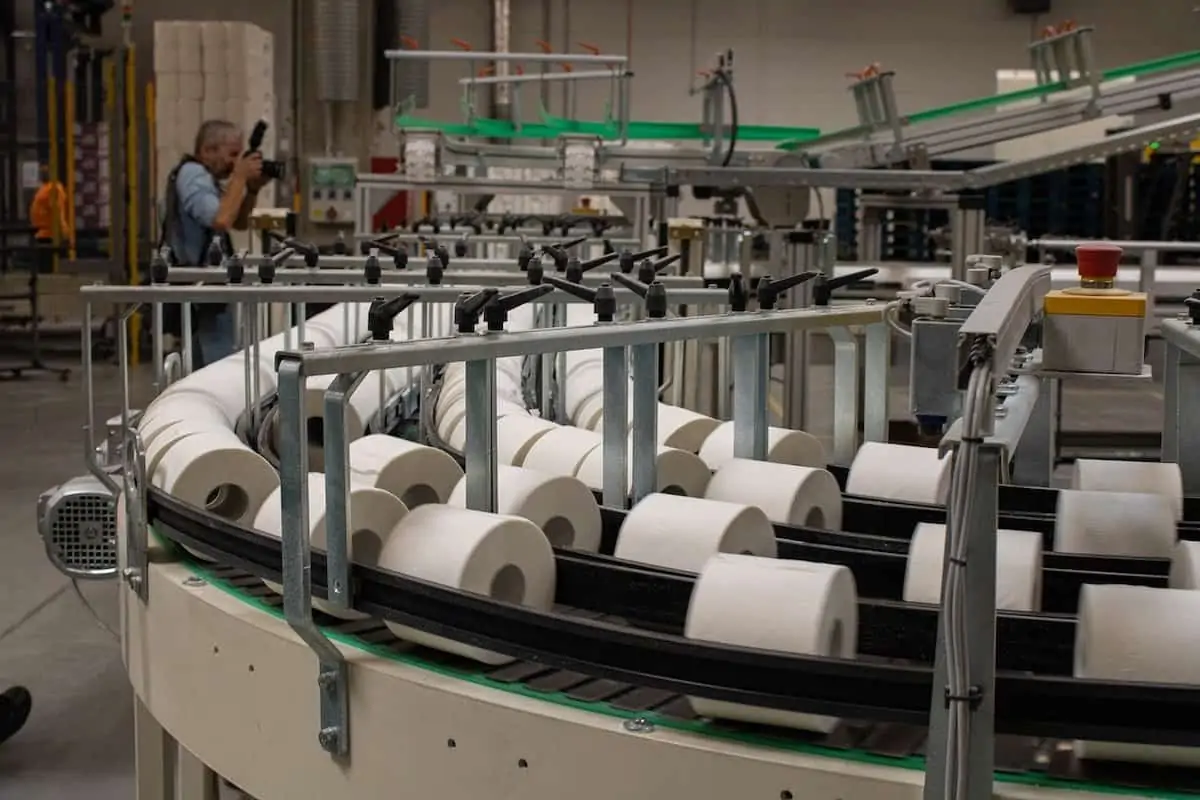
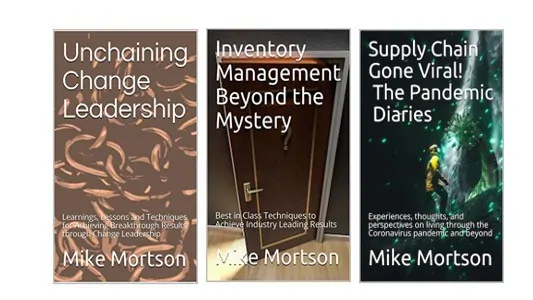 EBOOKS HERE
EBOOKS HERE